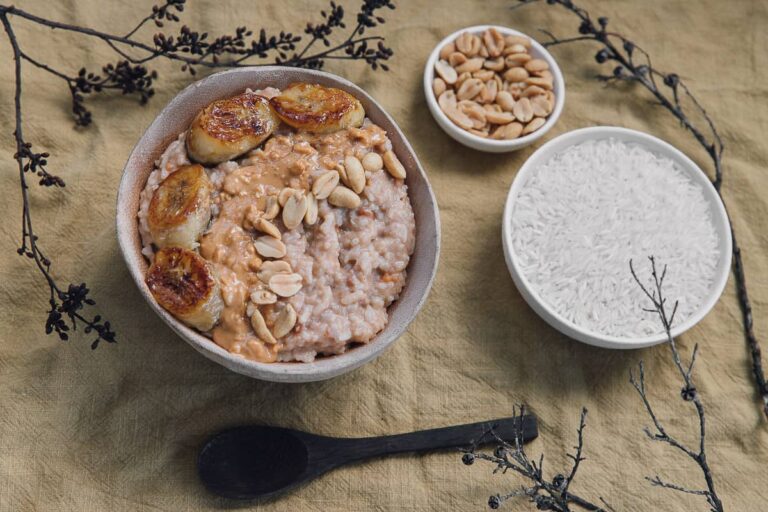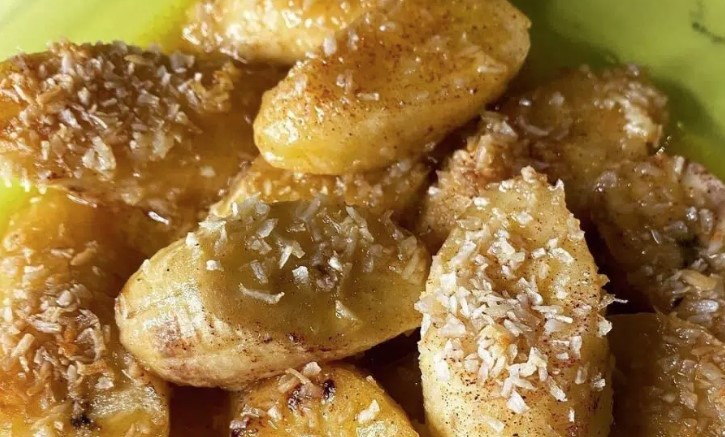Introduction: Central African Republic cuisine
Central African Republic (CAR) cuisine is diverse, rich and varied. The majority of the dishes are prepared using local ingredients such as vegetables, fruits, grains, and meat. The cuisine is influenced by the country’s geography, climate, and cultural diversity. Many of the dishes are hearty, spicy, and filling, and reflect the locals’ love for communal eating.
Yams and cassava: central ingredients
Yams and cassava are two staple ingredients used in many of the dishes in CAR cuisine. They are widely grown in the country and are versatile, making them ideal for preparing a range of dishes. Yams and cassava are both root vegetables, with different characteristics that make them unique.
Yams in CAR cuisine: characteristics
Yams are a starchy root vegetable with a sweet flavor and a rough, brown skin. They are usually boiled, roasted, or mashed and can be served as a side dish or as the main ingredient in a meal. Yams are rich in complex carbohydrates, vitamins, and minerals, making them an excellent source of nutrition.
Cassava in CAR cuisine: characteristics
Cassava, also known as yucca, is a starchy root vegetable that is used in many different ways in CAR cuisine. It can be boiled, fried, or mashed, and is often used to make a flour or starch that is used to thicken sauces and stews. Cassava is rich in carbohydrates and is an excellent source of energy.
Traditional yam and cassava dishes
Two traditional dishes in CAR cuisine that use yam and cassava are Fufu and Pondu. Fufu is a starchy dough made from cassava or yams that is eaten with soups or stews. Pondu is a dish made with cassava leaves, onions, and spices, and is often served with rice or Fufu.
Modern yam and cassava dishes
In recent years, modern dishes have emerged that use yam and cassava in creative ways. One popular dish is cassava fries, which are similar to potato fries but are made with cassava instead. Yam and cassava can also be used to make bread, pancakes, and even desserts.
Nutritional value of yams and cassava
Yams and cassava are both highly nutritious and provide a range of health benefits. They are an excellent source of carbohydrates, which are vital for energy, and are rich in vitamins and minerals such as vitamin C, iron, and potassium.
Conclusion: the importance of yams and cassava in CAR cuisine
In conclusion, yams and cassava are important central ingredients in CAR cuisine. They are versatile, nutritious, and are used in a wide range of traditional and modern dishes. Their importance to the cuisine reflects the central role they play in the country’s agriculture and culture.



